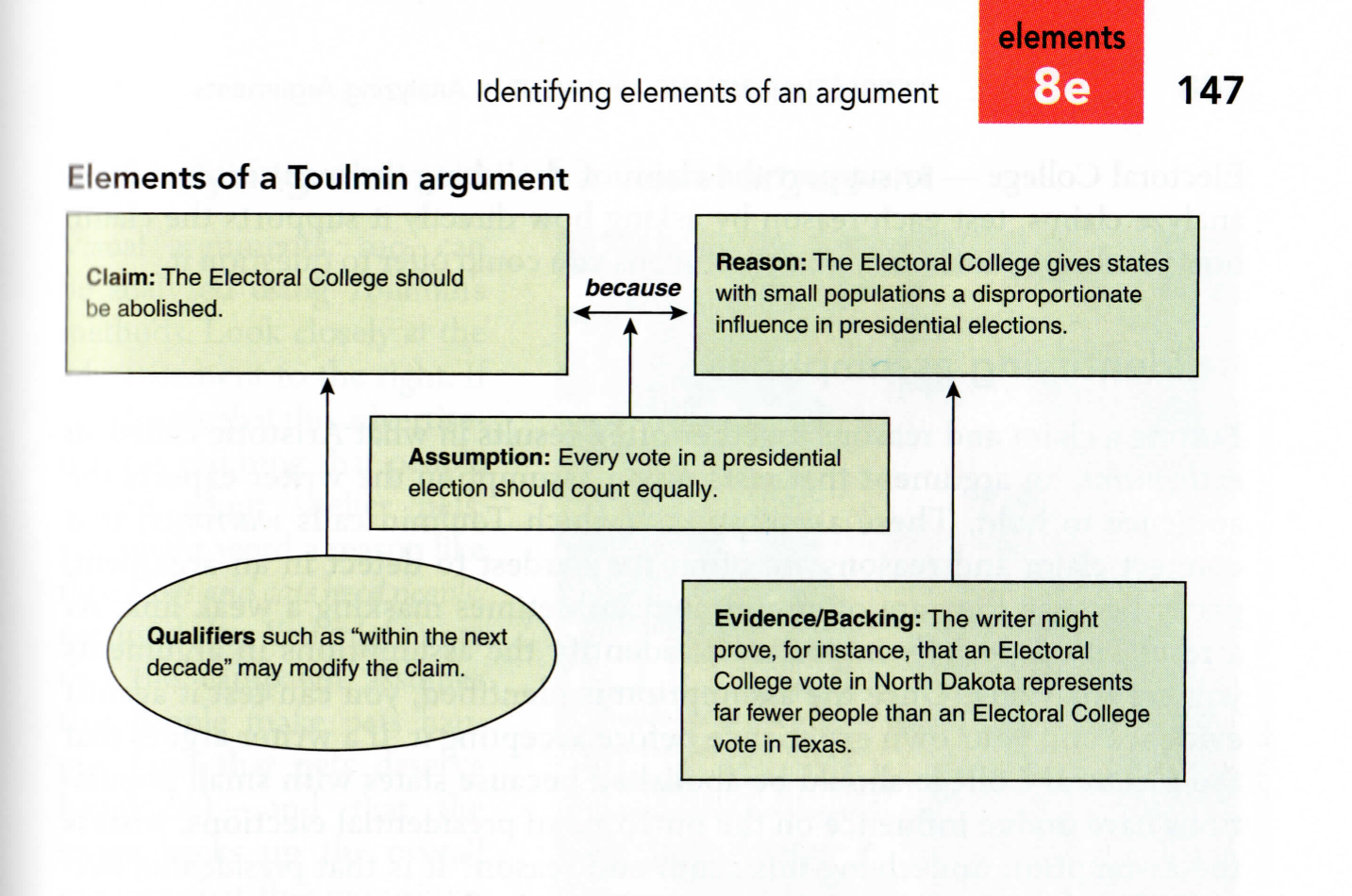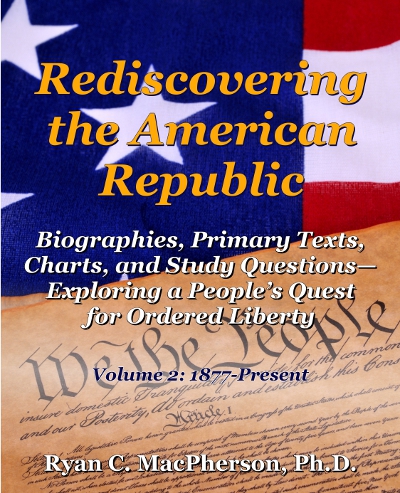In an August 24, 2016 op ed for the New York Times, William Davies laments the decline of public discourse into “an age of post-truth politics.” He gives examples of politicians and public policy advocates deploying misleading, if not fabricated, statistics and citing “facts” that, ultimately, do not withstand scrutiny. What is to become of Western democracies, he asks, if decision-making now rests on falsehood rather than fact?
Part of the problem, according to Davies, is that “it is possible to live in a world of data but no facts.” That statement well summarizes the challenge that my college students face: they live in a world with unprecedented access to information—the Internet pipes a relentless flow of data into their laptops, their smartphones, and their other-electronic-devices-that-I’ve-never-seen-before—and yet the human operators of these devices struggle to make sense of it all.
Fortunately, they’ve come to the right place. A liberal arts education always has sought to equip students with the tools needed for sorting out truth from falsehood, message from noise, the useful from the counter-productive. To this end, the History Department at Bethany Lutheran College has been phasing The St. Martin’s Handbook into implementation for all courses, freshman through senior year. This resource coaches students for developing critical thinking, clear writing, and compelling speaking. We as faculty emphasize the importance of backing up claims with reasons supported by evidence, while also scrutinizing assumptions and exploring qualifiers that delineate the boundaries of what can and cannot be supported by research.
As you consider the following example from the St. Martin’s Handbook, keep in mind that the point of that handbook is not to advocate for the abolition of the electoral college, but rather to determine whether this particular argument for the abolition of the electoral college is a strong or a weak argument. (My own view, if you are curious, is that the electoral college is fair and balanced–far more than most voters realize.)

For another example, in History 460: Religion in American History, my students will each read fifteen articles from academic journals and provide a one-page handout to their classmates identifying the following elements from each article:
- Thesis: An accurate and clear restatement of the author’s thesis (or central claim) in one or two grammatically complete sentences (St. Martin’s Handbook, secs. 3b, 3c, 8e, 15a).
- Analysis: A concise but complete Toulmin analysis together with an overall summary of how compelling the argument is.
- Toulmin Argument: Identification of the reasons, evidence, and assumptions involved in the author’s argument for the thesis, and a suggestion of appropriate qualifiers (sec. 8e).
- Evidence: Upon which primary, secondary, and/or tertiary sources does the argument rest? (secs. 3d, 11).
- Assumptions: How have personal biases, cultural contexts, political commitments, or other driving factors shaped the author’s argument? (secs. 2d, 8b–c).
- Qualifiers: General vs. particular scope of time and place? Tentative vs. definitive conclusion? etc. (sec. 8e).
- Credibility: How well does the author’s argument stand up to criticism? (secs. 8d–f, 12d–e).
Davies may well be correct that my students are entering an “era of post-truth politics,” but at least they will not enter it unaware or unprepared. My colleagues and I are too deeply committed to the pursuit of truth to allow that to occur on our watch.
Dr. Ryan C. MacPherson is the founding president of Into Your Hands LLC and the author of several books, including Rediscovering the American Republic (2 vols.) and Debating Evolution before Darwinism. He lives with his wife Marie and their homeschooled children in Casper, Wyoming, where he serves as Academic Dean at Luther Classical College. He previously taught American history, history of science, and bioethics at Bethany Lutheran College, 2003–2023 He also serves as President of the Hausvater Project, which mentors Christian parents. For more information, visit www.ryancmacpherson.com.


